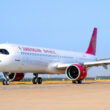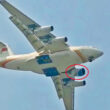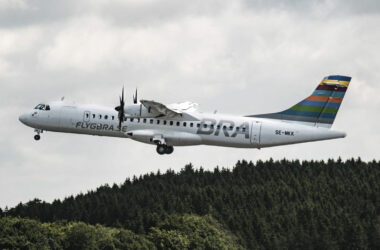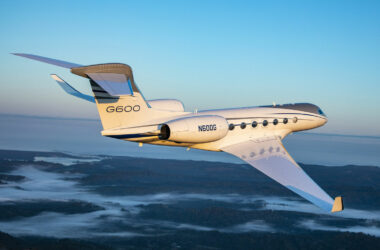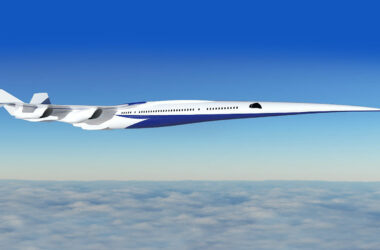Newcomer in urban air mobility, the British start-up LYTE Aviation already wants to revolutionize an aviation category that does not even exist yet. On March 23, the company unveiled the LA-44 SkyBus concept, a huge eVTOL (electric vertical take-off and landing aircraft) capable of carrying 40 passengers.
Commonly called “flying cars”, the eVTOLs proposed by LYTE can therefore be interpreted as “flying buses”. According to the company, SkyBus is the result of three years of research and development. The program also includes the SkyTruck, a cargo model with a capacity of 4.5 tons.
Follow ADN: Instagram | Twitter | Facebook
The SkyBus will have a range of 1,000 km with a top speed of 300 km/h, powered by a hybrid-electric powertrain powered by hydrogen and sustainable aviation fuel (SAF). A full-scale prototype is planned for 24 months from now, the company said.
“The use of turbine engines will likely remain unavoidable for the foreseeable future, so in order to achieve useful and business-sensitive ranges as well as quicker time to market, we have opted for a hybrid, partly electric VTOL,” said Freshta Farzam, founder and CEO of LYTE Aviation.
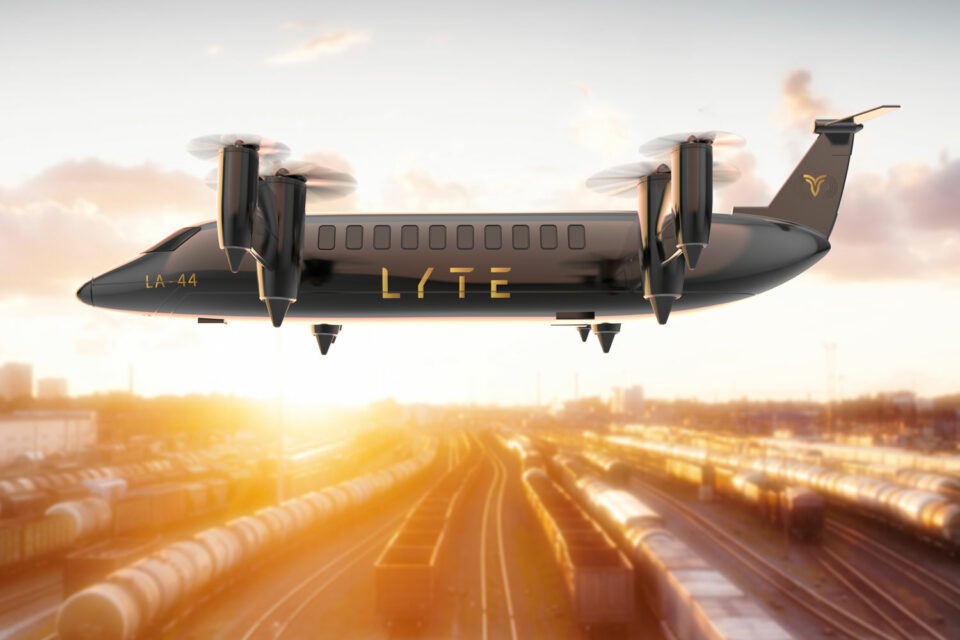
Involved in the design work, Farzam revealed that the inspiration to create the concept came from the Rotodyne, a girodyne designed in the 1950s by the now defunct British manufacturer Fairey Aviation. “Imagine 70 years later after carrying out those 350 successful test flights, what can be achieved thanks to the advances in technology that we have seen, and continue to see.”
Also multi-engined, the LA-44 has four turboprops fueled by SAF and another four electric motors powered by hydrogen cells on the wingtips.
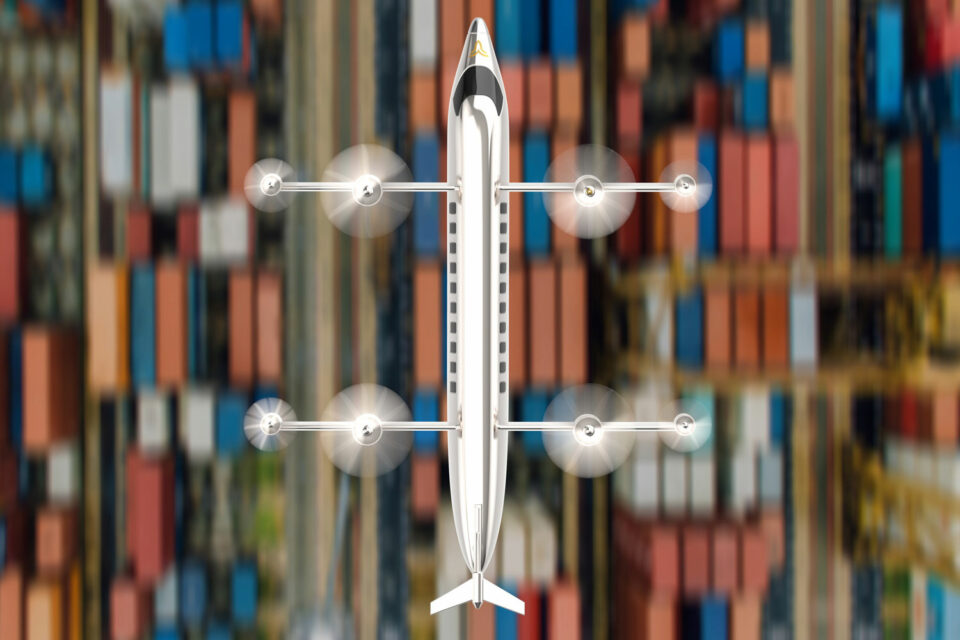
Mass transport capabilities
“Conventional, highly reliable turboprops are the best option for our aircraft program for the time being, with the aim to operate and refuel practically anywhere with the current infrastructure. With the constant evolution and expected investment in global infrastructure, including vertiports, energy sources (SAF & green Hydrogen) and electric power plants, the ambition would be to become fully hydrogen-electric in the future,” predicts the CEO of LYTE.
“The LA-44’s unique design will enable us to tap mass transport capabilities, displacing air transport and land transport modalities such as buses, trains and trucks,” added Freshta.
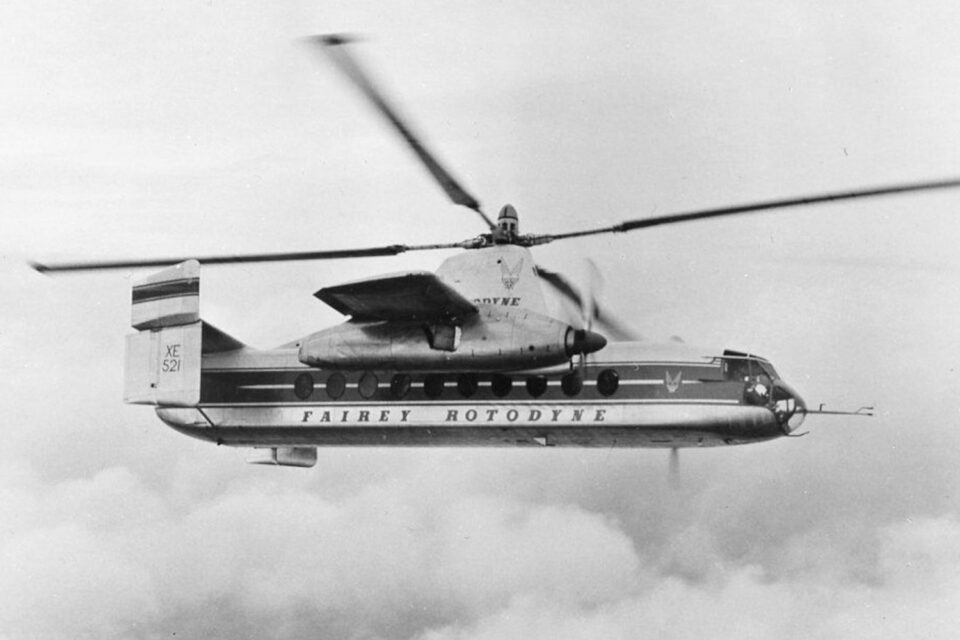
It is expected that the first eVTOLs will enter service in the second half of this decade. Eve, a subsidiary of Embraer, plans to launch its four-seat “flying car” in mid-2026.
The LYTE flying bus, on the other hand, should take longer to become a reality, if it doesn’t fail like the Rotodyne – which, although promising, ended up discarded due to a series of technical problems and even collaborated with the downfall of the Farey.


